Every night across the world, thousands of coffee shops close up for the night. Chairs and tables are tidied, espresso machines are cleaned, doors are locked, and lights are switched off. The next morning, across the world, some of those coffee shops never open again. Why?
The answer to this question is that mysterious alchemy which makes the difference between success and failure for a coffee shop, which makes them somewhere people want to be, rather than somewhere they walk past without noticing its existence. So, what makes a successful coffee shop?
We’re sure you have a favourite coffee shop and what makes it your favourite is a combination of almost countless different elements, but some are more important than others.
We roast speciality coffee, so you know that we need to mention the quality of the coffee. without it any coffee shop is nothing.
As soon as you open the door, its aroma greets you, enfolds you and draws you in: few smells are as evocative and as comforting. Even people who don’t like coffee (yes, we have heard that there are some out there) will tell you how much they love the fresh coffee smell. This is before you even taste it, prepared and served by a barista who is a master of their art.
Not the same coffee every time though, a good coffee shop should be a curator of great coffee, providing a guided tour of tastes, textures, aromas and nations.
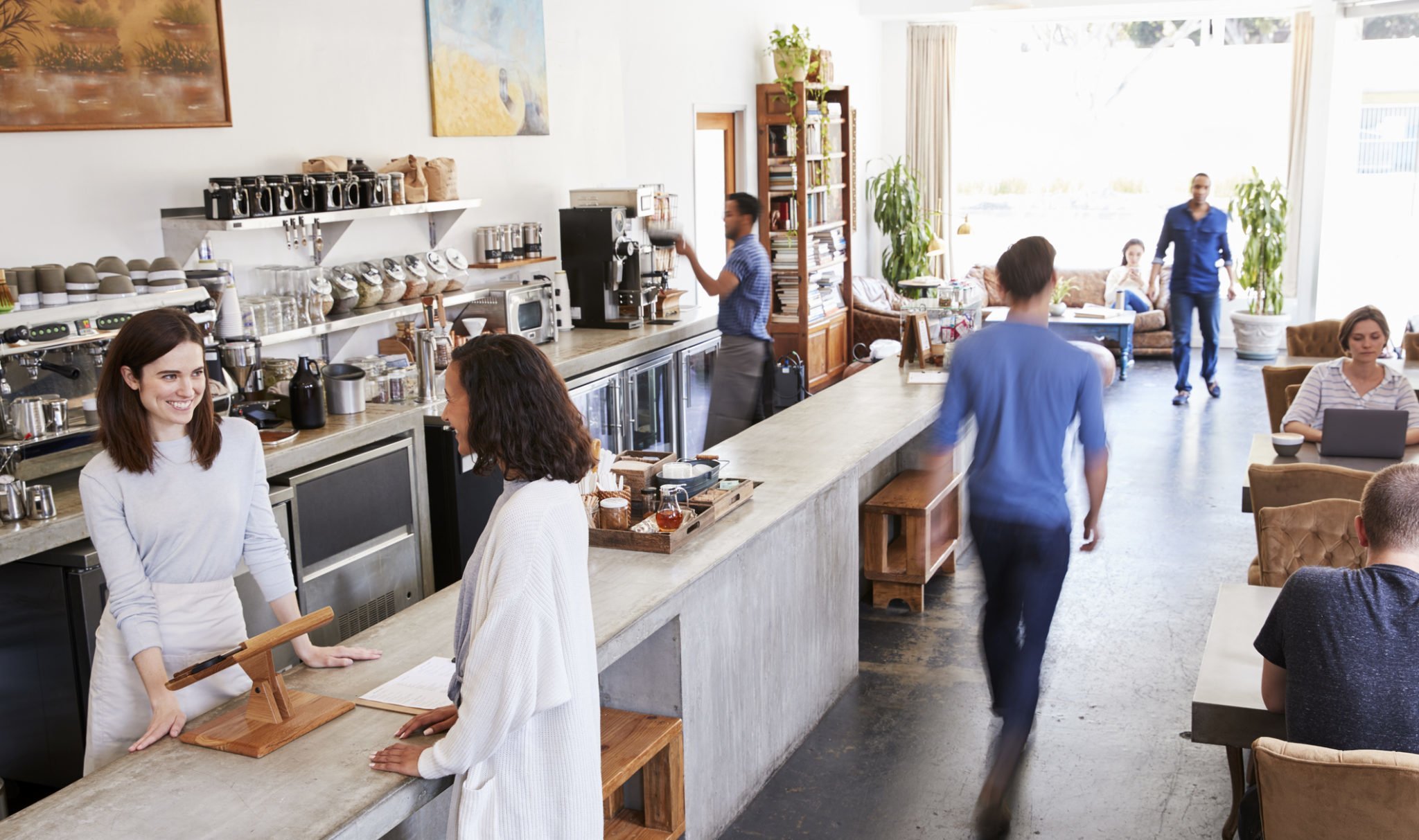
So, they must have great coffee, that’s a given. We’ve mentioned the barista too, so let’s think about the team. We’ve all seen a lifetime’s-worth of too-cool-to-talk-to-you, coffee-choice-judging, raised-eyebrow, down-nose-staring elitists. The important thing about them is that we only see them once and move on to somewhere else. The coffee shops which become our favourites have a team who are enthusiastic and share their enthusiasm joyously. A team who greet you not because they are trained to but because they are pleased to see you and say “goodbye” because they cared that you visited and hope you will want to come back again.
What people sometimes don’t think deeply enough about though, is the physicality of the coffee shop: what it looks like, how it feels and how it makes the customers feel.
Everybody who knows about architecture or interior design knows that the layout of somewhere like a coffee shop is a language, the individual elements are words and these words can be put together to make an infinite variety of sentences, and these become paragraphs which in turn become an unimaginable variety of stories. This is why independent coffee shops have such distinct personalities which we come to cherish.
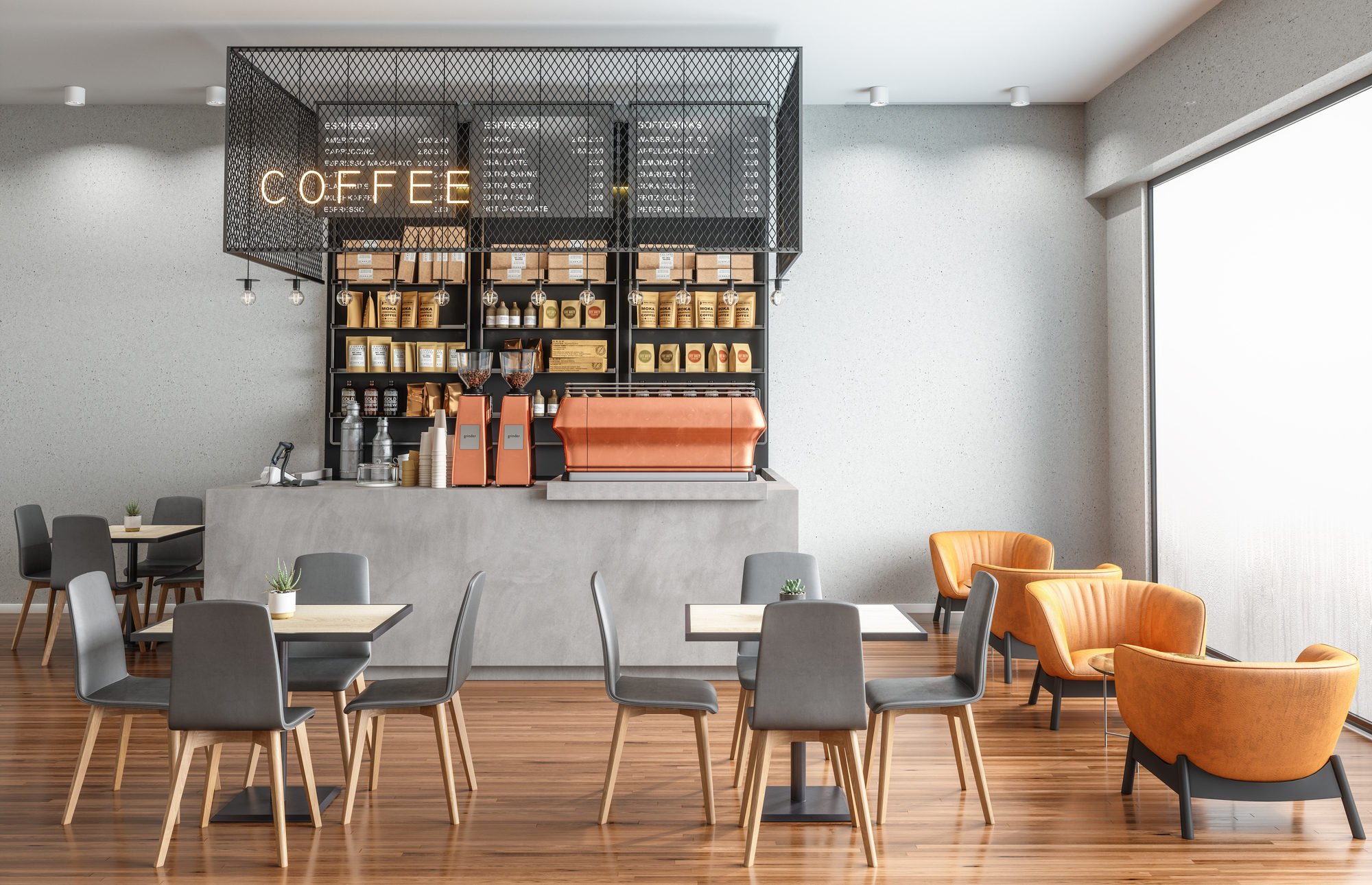
Do you remember the boom in that Northern European look, full of light pine, clean lines and space? The clear, uncluttered space spoke of fresh air, healthy lifestyles, a distrust of mess and the desire to focus on what is important, pure and beautiful. Everything was simple and fresh, and it helped drain the stress from your shoulders. At the start of a century full of pollution and crowds and international mega-brands it reduced all the noise and provided peace and room for customers who needed to breathe and relax as they enjoyed great coffee.
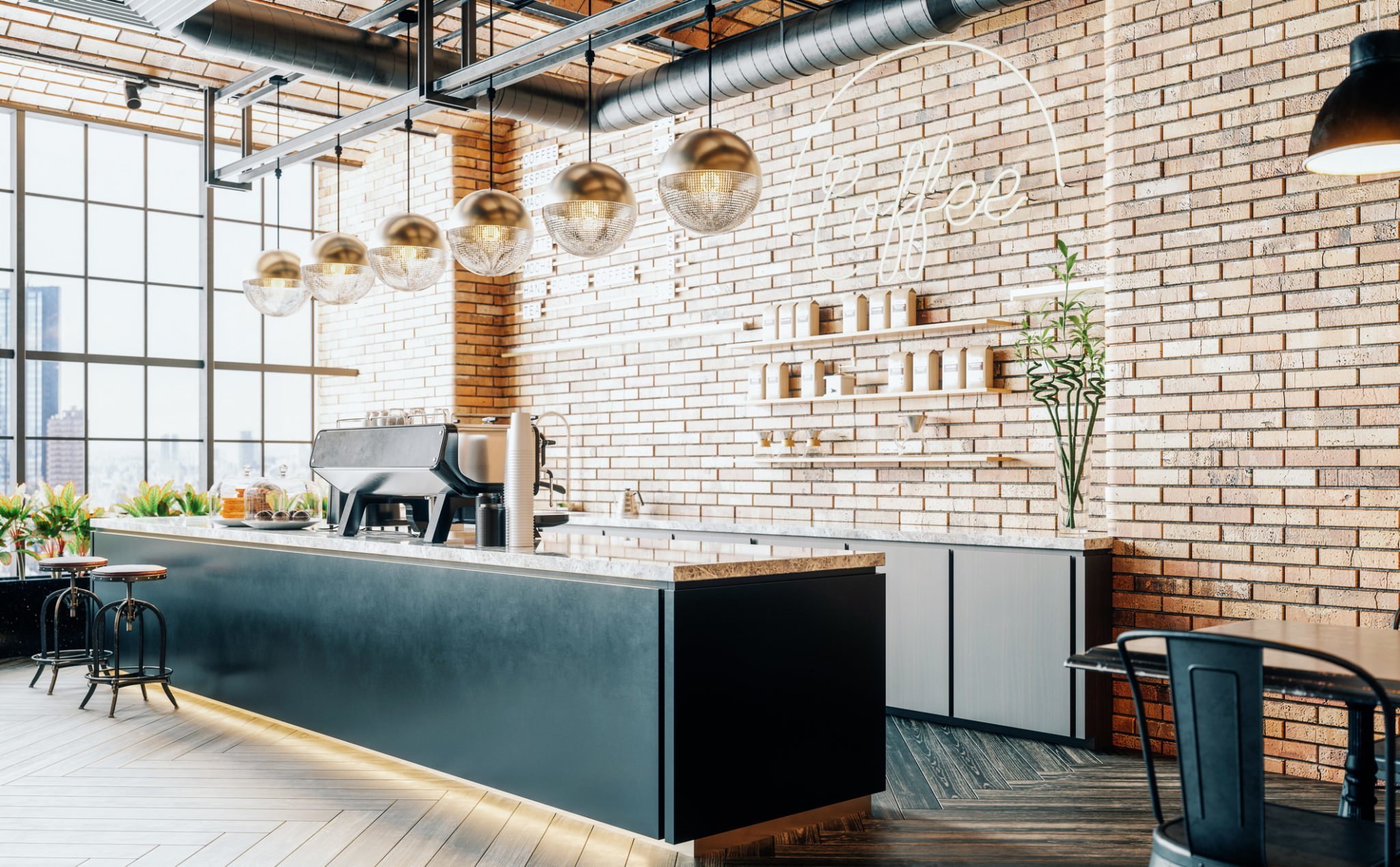
Then came bare brickwork and exposed pipes. These shops were letting us know that they weren’t parts of some corporate machine which podded dozens of perfectly finished coffee shops from a production-line every day. At the same time as the renaissance of vinyl which showed that people missed that imperfect sound, these shops rejected high-spec’, head-office authorised colours in favour of an independent free-spiritedness in which you could just get on and enjoy coffee and lunch with like-minded people.
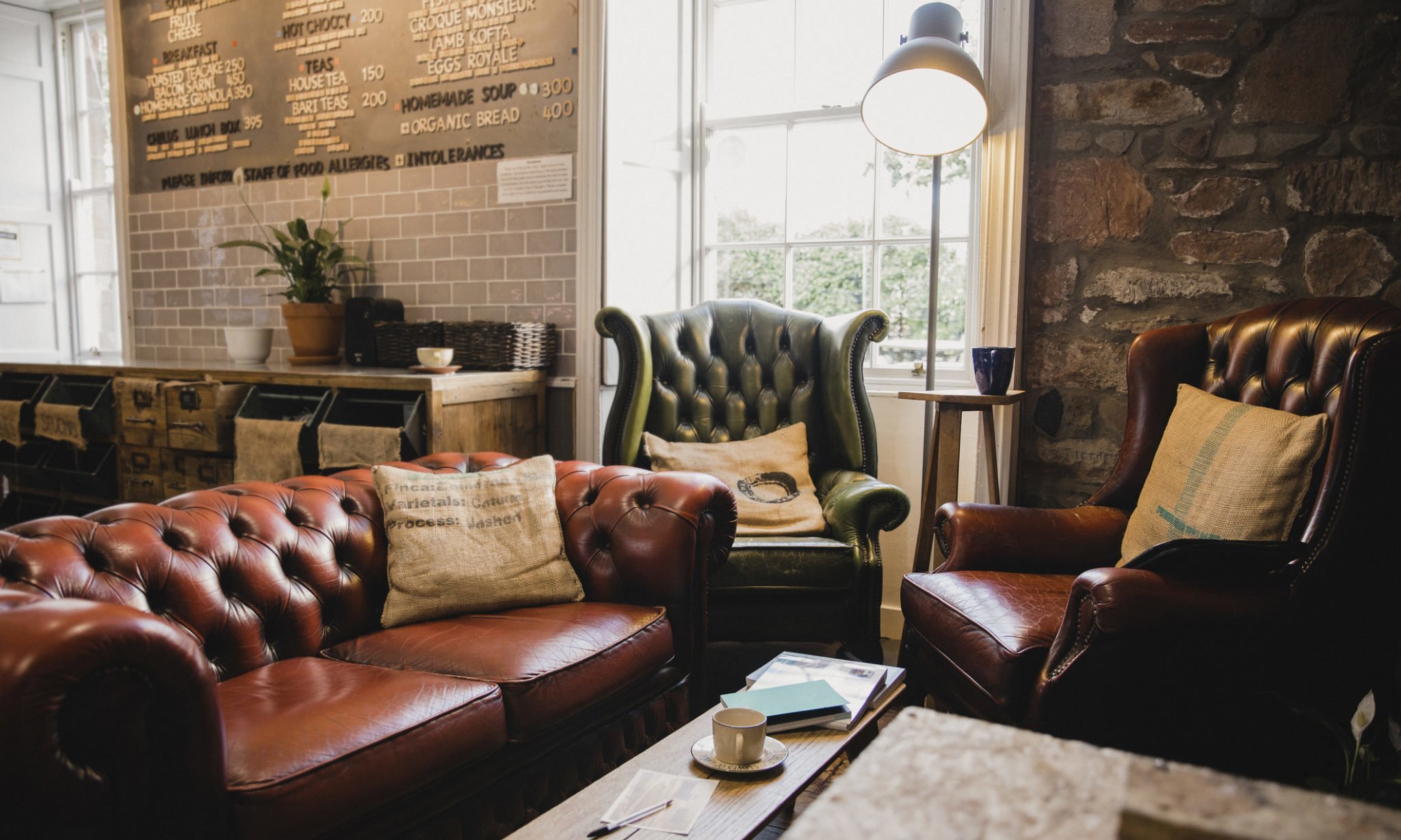
And there are the coffee shops full of corners and couches and cushions, shelves full of random books, tables strewn with papers from the last month, half-filled crosswords left with only the hardest clues. What does this design choice say? It says, come in, curl up, kick your shoes off. You know that your cup won’t be cleared away with that meaningful look saying, “order another drink, or move on”. The cups might not match the saucers and you might find half a biscuit down the side of an armchair, but it’s still a comfortable, welcoming place to be.
Of course, most independent coffee shops don’t have one specific design, but they use a variety of elements from them, picking and choosing what works for them. Some exposed pipework tells your customer that they aren’t in a corporate bubble, light pine seems fresh and clean and a few cushions imply that you aren’t interested in fast turn-around of customers but want to make people feel welcome. Plenty of light feels fresh and spacious, though darker areas create intimacy and safe corners.
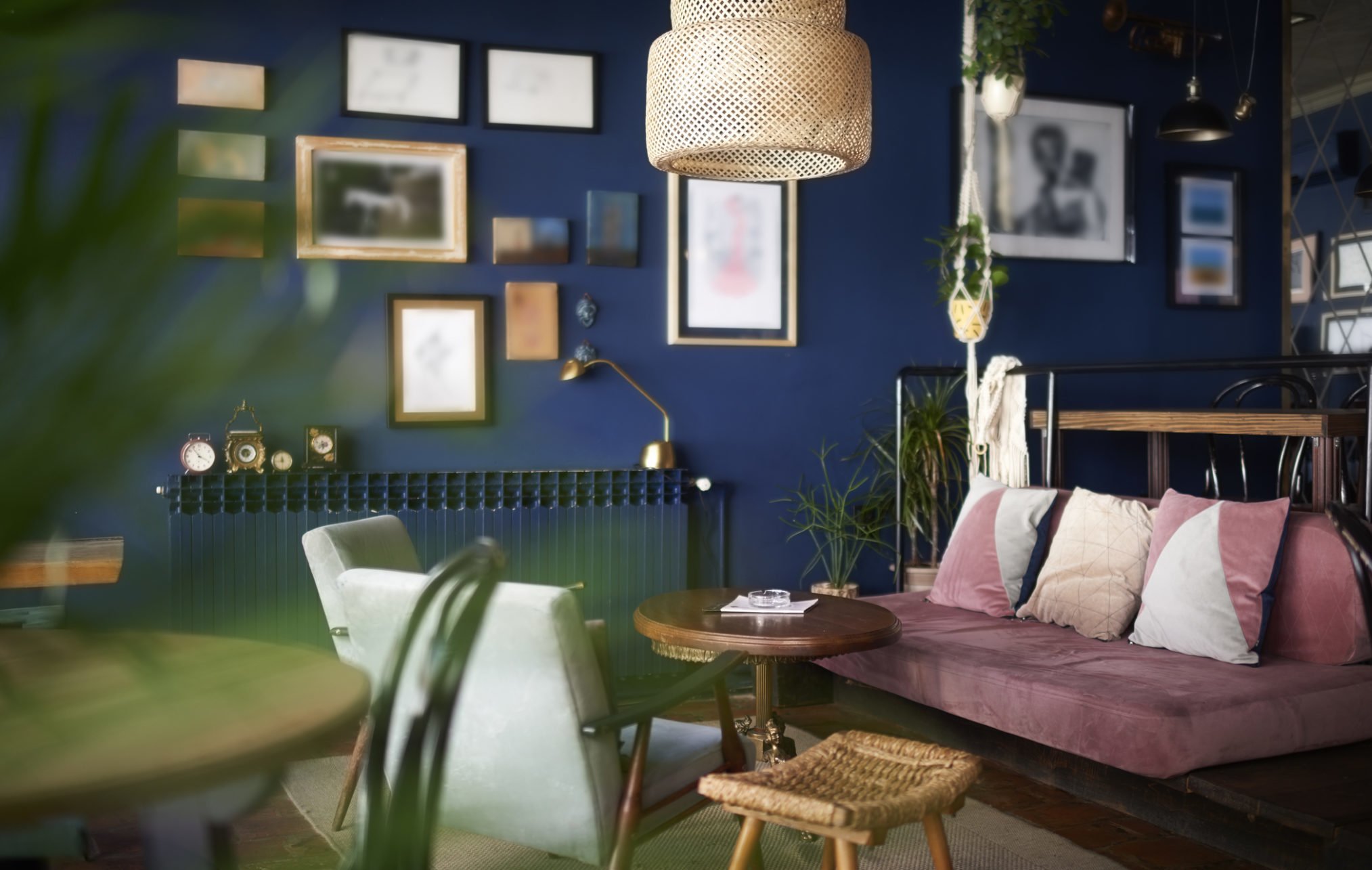
These are some of the larger design ideas but then there are also other important details. Colour schemes for example are vitally important. Bright and bold is always going to seem clean and fresh and either ultra-modern or reminiscent of 1950s chic. Recently we have noticed pink making an appearance, and surprisingly it works. It’s worth bearing in mind, though, that coffee is a natural product and natural wood colours, greens and earthy tones are welcoming and easy on the eye.
How a coffee shop is designed speaks to its customers. As much as the coffee, or the team, what they see as they walk through the door, and how they relate to it, is what makes them come back, or not. It’s what allows them to enjoy their coffee, to count those stolen moments as worthwhile because they are in a space which means something more to them than a chair and a cup full of coffee. Coffee shop design is the physical expression of what you want your coffee shop to be, who you want it to be for and how you want to make them feel – your customer is aware of it as soon as they step through the door, are you?


